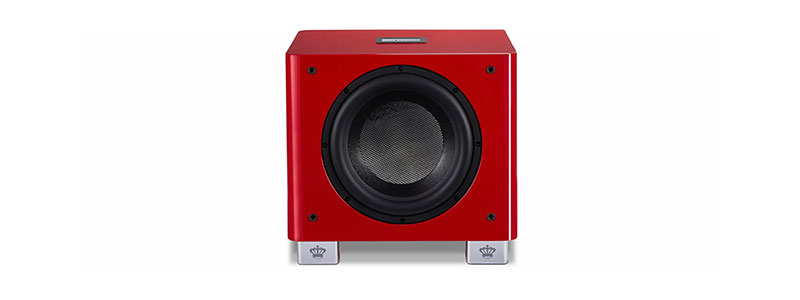
Why do audiophiles fight the concept of a subwoofer? Who the hell knows but it is time for it to stop. The idea that you have to spend thousands if not tens of thousands of dollars on a pair of large format audiophile loudspeakers to get very low bass is long outdated. Today’s subwoofers use digital EQ and room correction to do all of the formerly complicated setup work for you in mere minutes. Today’s audiophile subwoofers can take a measurement mic and create a sound that truly fortifies the low end or lowest possible frequencies in ways that even $500,000 speakers can’t easily do and at a tiny fraction of the price.
Reviewing Subwoofers
Subwoofers are often measured using CEA 2010 standards which allow a more apples to apples comparison. You can see the output of the subwoofer as depending on the size of the subwoofer, not all go as low as others. CEA 2010 measurements can be a real pain in the ass in that they are best done outdoors and many audiophile reviewers can’t easily get their subs into the back yard to start blasting test tones.
The idea of listening to a subwoofer critically has been somewhat eclipsed by the forum folks being fixated on charts and graphs. Both methods have validity and both should be used together to find your best subwoofer for your system.
Multiple Subwoofers
Another way to get a more even or smooth sounding coverage for your bass in your audiophile system is to use more than one sub. Some audiophiles use subwoofers in pairs. Others use odd numbers of subwoofers which can have great results. Today’s digital subwoofer setup is capable of matching or merging more than one audiophile subwoofer with ease. Some might go best on the far wall. Others might perform best on the short walls or in the back of the room. By today’s standards, it might be a bit of a waste of your time to do trial and error with subwoofer placement when the software can show you how multiple subwoofers work in your room best.